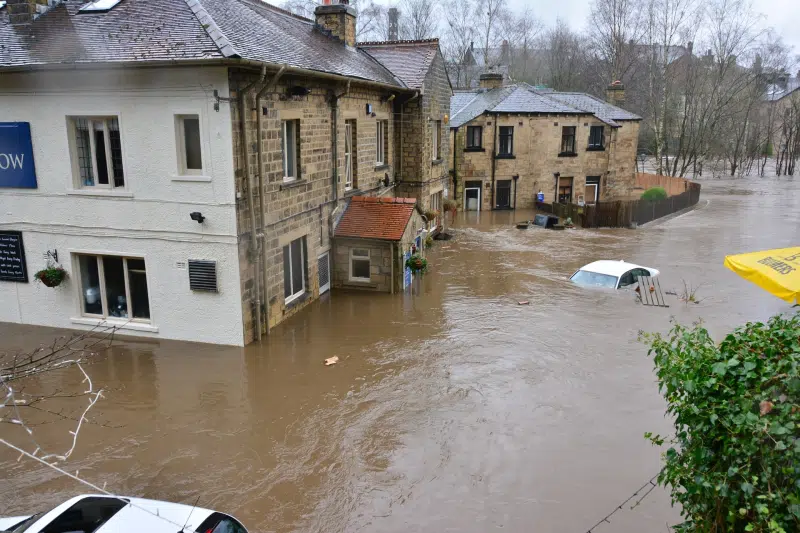
Flooding in your home can be a challenging experience, and you’ll want to move fast to recover and rebuild if it happens.
Image Source: unsplash.com
The sooner you act, the more likely you are to save valuables. Read on to discover important steps to take after your home floods.
Your main concern should be to ensure that you and your family are safe. Don’t return to the home until it’s safe to go back.
Before going inside, look for noticeable structural damage such as warping, loosened or fractured foundation components, gaps, and cracks.
Notify utility services right away if you believe the home has suffered water, gas, electric, or sewer line damage.
In addition to looking for structural damage, you should go to your fuse box and switch off the main fuse and all of the other fuse connections, along with shutting off your main water valve before entering.
While the power may already be off, it might come back on at any time, and you don’t want to risk electrocution or shocks. Since you won’t have access to power, bring a flashlight with you in case it gets dark.
Image Source: pixabay.com
Once you’re inside, take photos and video recordings of all the damage and standing water inside before doing anything else. You’ll need this documentation to give to your insurance company when you make a claim.
If you remove anything or make repairs to your flood-affected home before sending documentation to your insurance, they may not cover you for everything.
It’s impossible to know whether toxic chemicals or raw sewage are on the surfaces or in the standing water in your home.
To avoid contacting any contaminated areas, wear protective clothing such as long waterproof boots, rubber gloves, and waders. You should also wear a respirator to avoid breathing in any dangerous airborne particles.
You may need to replace appliances after a disaster, so you should look for signs of water damage or safety issues that are too much to repair.
The damage may not be apparent right away, and you should have a professional take a look at big-ticket items like refrigerators and laundry machines if you’re unsure.
If any appliances are underwater, avoid touching or going near them because they could still have an electric charge.
Knowing the important steps to take for your flood-affected home helps you get back to normal faster and more effectively. It’s never easy to deal with the fallout after disaster strikes, but that’s when it’s most important to make good decisions.
You spend a lot of time in your home, so it’s important to create a…
If you love a modern house vibe, you can find several easy ways to update…
Are you looking to spruce up your home without breaking the bank? Home improvements don’t…
Florida, also known as the Sunshine State, boasts a vibrant real estate market filled with…
A backyard fireplace is the perfect feature to take any outdoor space up a notch.…
The kitchen, often referred to as the heart of a home, is where both meals…